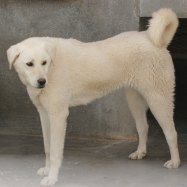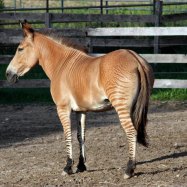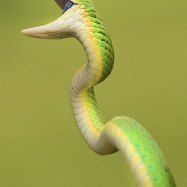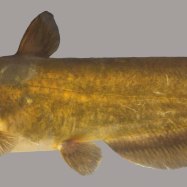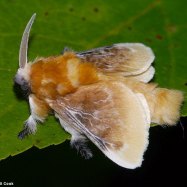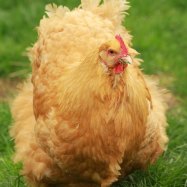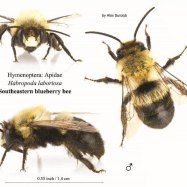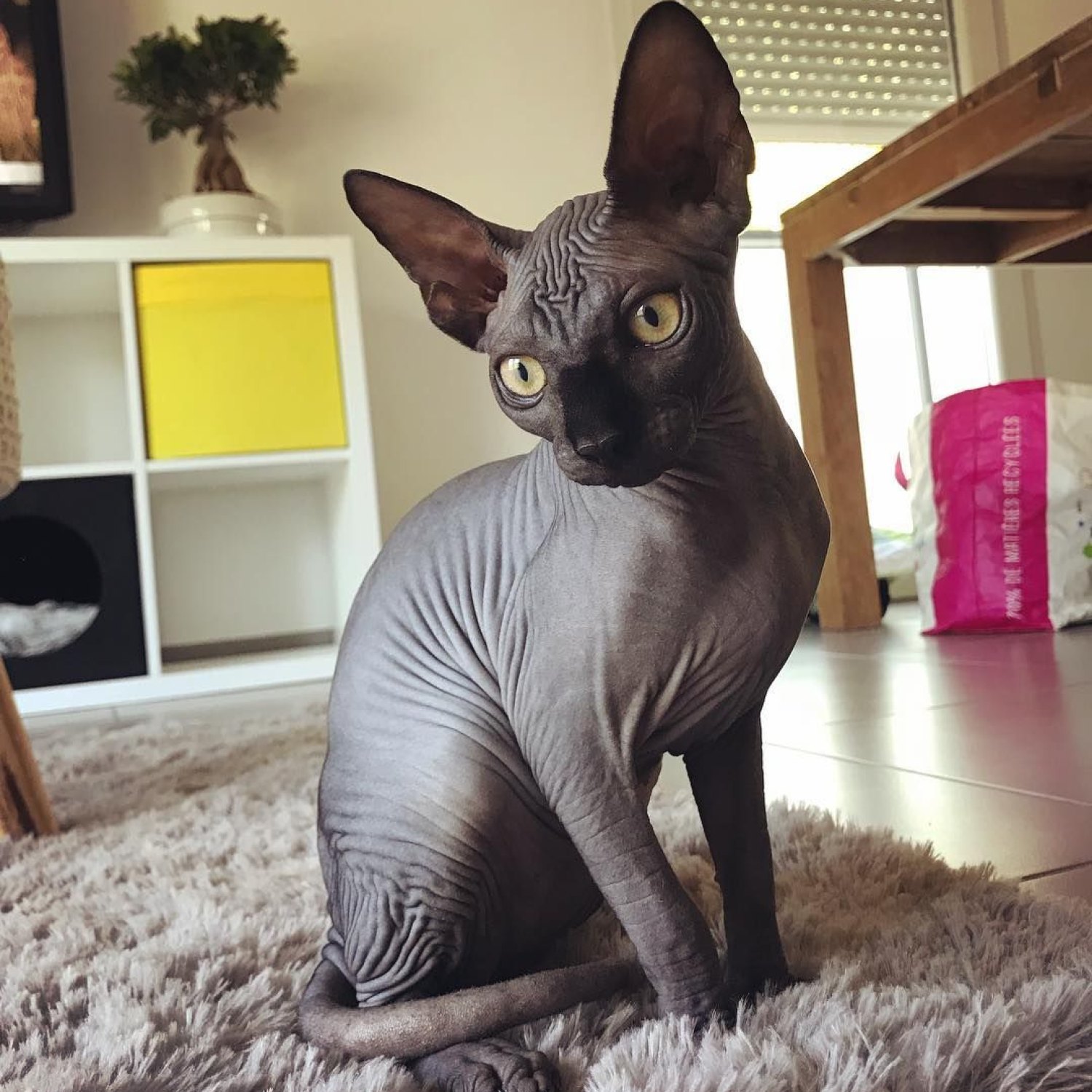
Sphynx
15-21 inches
The Sphynx is a unique breed of cat known for its hairless appearance, muscular body, and medium size. These felines can grow up to 21 inches in length and are commonly found in households as pets. The Sphynx belongs to the Felidae family and makes for a playful and loving companion.
Animal Details Summary:
Common Name: Sphynx
Kingdom: Animalia
Habitat: Domestic
The Story Behind the Mysterious Sphynx Cat
The cat family is one of the most diverse and widely spread species on the planet. From the ferocious lions of Africa to the adorable domestic house cats, they come in all shapes and sizes. But there is one feline that stands out in the crowd – the sphynx cat. With its hairless body and captivating features, the sphynx is truly a unique and mysterious creature Sphynx. In this article, we will dive into the fascinating world of the sphynx cat and uncover the truth behind its enigmatic appearance.The Origins of the Sphynx Cat
The sphynx cat, also known as Felis catus in the scientific community, is a domestic feline breed that originated in Canada in the 1960s. It is believed that a genetic mutation resulted in a litter of hairless kittens being born to a regular domestic cat. This sparked interest among cat breeders, and they eventually bred the hairless kittens to create the sphynx cat we know today.
The Fascinating Characteristics of the Sphynx Cat
The sphynx cat is truly a sight to behold. With its hairless body, prominent cheekbones, and expressive eyes, it is hard not to be captivated by its appearance. But there is more to this cat than meets the eye. Let's take a closer look at its unique features.
Appearance
The most distinguishing feature of the sphynx cat is its hairless body Sea Dragon. However, contrary to popular belief, they are not completely bald. They have a thin layer of down-like hair that gives them a soft and velvety feel. This hair can vary in color and can be seen in different shades of white, black, gray, and even pink.Physical Attributes
While the absence of fur is the most apparent feature of the sphynx cat, there is one characteristic that often gets overlooked – its muscular and medium-sized body. The sphynx is known to have a fast metabolism and an insulating layer of body fat, which keeps them warm. This makes them appear heavier than they actually are.Temperament
Despite its exotic appearance, the sphynx cat is known to have a friendly and affectionate personality. They are highly social animals and get along well with humans and other pets. They are also quite intelligent and love to play, making them the perfect addition to any household.Diet and Habitat
Similar to other cats, the sphynx is a carnivore and relies on a diet high in protein for optimal health. In the wild, they would typically hunt and feed on small animals, but as domestic pets, they are provided with specially formulated cat food. They also require more frequent feedings than most cats due to their fast metabolism.
As for their habitat, the sphynx cat is primarily an indoor animal, although they can adapt to living in both warm and cold climates. Due to their hairless bodies, they are more sensitive to extreme temperatures, making them better suited for indoor living.
Where to Find Sphynx Cats
The sphynx cat is not your typical outdoor cat. They can live in a variety of households, ranging from a single person living in a studio apartment to large families living in spacious homes. This versatility makes them an ideal pet for many people.
Geographically, the sphynx cat can be found all over the world, with breeders in countries like Canada, the United States, and Europe. However, they are not easily found in shelters like most other cat breeds, as they are in high demand and bred through specialized programs.
The Controversy Surrounding the Sphynx Cat
While the sphynx cat may seem like a picture-perfect pet, its unique features have sparked controversy among animal rights activists. They argue that the cat's lack of fur makes them more susceptible to health issues, such as skin infections and sunburns. However, responsible breeders take special care to select only the healthiest cats for breeding, ensuring that these issues are minimal.
Another point of concern is the stigma that comes with owning a hairless cat. Some see them as "ugly" or "creepy," which has led to the abandonment of these cats. This reinforces the importance of educating individuals on the unique and lovable traits of the sphynx cat.
The Sphynx and Natural Language Processing (NLP)
With the advancement of technology, natural language processing (NLP) has become an integral part of our daily lives. It involves teaching computers to understand human language, making them more efficient in analyzing and interpreting data. But can NLP help us better understand the sphynx cat?
Since the sphynx cat is a domestic breed, living primarily in households, NLP can provide valuable insights into their well-being by analyzing social media and online forums. With people continuously sharing their experiences and interactions with their pets, NLP can help identify any concerns or issues that sphynx owners may have. This information can then be used to educate owners on how to better care for their pets, leading to a healthier and happier relationship between humans and cats.
Conclusion
The sphynx cat is a truly captivating creature and a testament to the diversity of the feline world. With its hairless body, muscular build, and friendly personality, it has become a favorite among cat lovers. However, with its unique appearance comes controversy and concerns that need to be addressed. By understanding the origins, characteristics, and habits of this enigmatic feline, we can better appreciate its beauty and continue to provide a loving home for these mysterious creatures.

Sphynx
Animal Details Sphynx - Scientific Name: Felis catus
- Category: Animals S
- Scientific Name: Felis catus
- Common Name: Sphynx
- Kingdom: Animalia
- Phylum: Chordata
- Class: Mammalia
- Order: Carnivora
- Family: Felidae
- Habitat: Domestic
- Feeding Method: Carnivorous
- Geographical Distribution: Worldwide
- Country of Origin: Canada
- Location: Households
- Animal Coloration: Various
- Body Shape: Muscular and Medium-sized
- Length: 15-21 inches
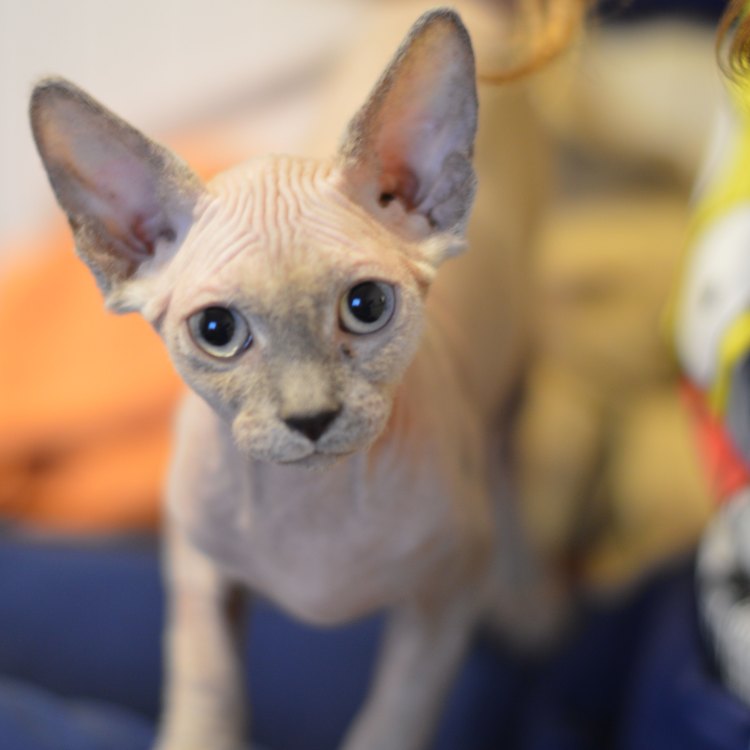
Sphynx
- Adult Size: Medium
- Average Lifespan: 12-16 years
- Reproduction: Sexual
- Reproductive Behavior: Seasonal
- Sound or Call: Varies
- Migration Pattern: Non-migratory
- Social Groups: Solitary
- Behavior: Affectionate and Playful
- Threats: Human impact
- Conservation Status: Not endangered
- Impact on Ecosystem: N/A
- Human Use: Companion animal
- Distinctive Features: Hairless body, wrinkled skin, and large ears
- Interesting Facts: The Sphynx cat is known for its lack of fur and warm body temperature.
- Predator: None
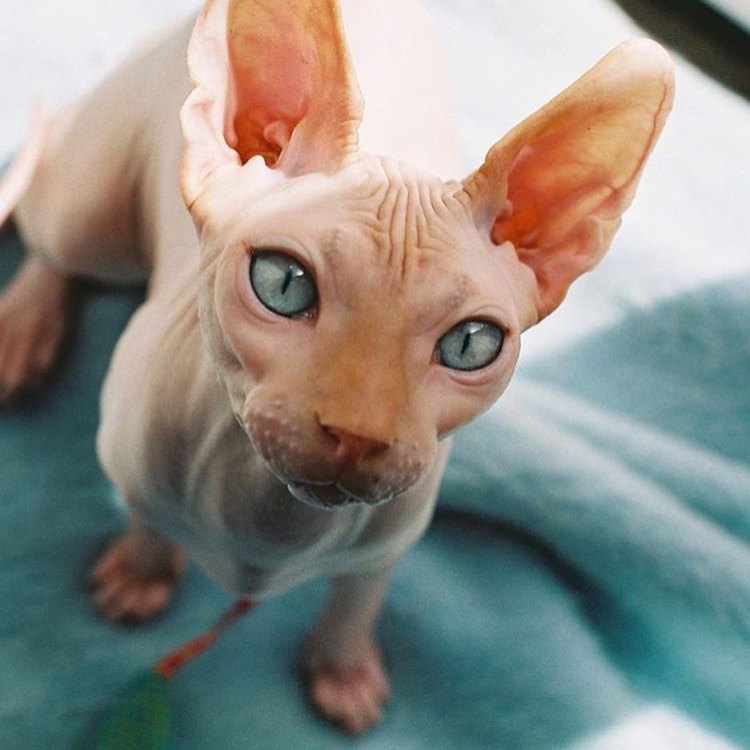
Felis catus
The Enigmatic and Affectionate Sphynx Cat: A Unique Feline Breed
When one thinks of a cat, the first image that comes to mind is often that of a furry creature with a mysterious aura. However, there is one feline breed that defies this expectation – the Sphynx cat. With its hairless body, wrinkled skin, and large ears, the Sphynx cat is an enigmatic and distinctive breed that has captured the attention of many cat lovers. In this article, we will delve into the fascinating world of Sphynx cats, exploring their physical attributes, behavior, and impact on human life and the environment PeaceOfAnimals.Com.The Sphynx cat, also known as the Canadian Hairless or Moon Cat, is a medium-sized breed that originated in Toronto, Canada, in the 1960s. Contrary to popular belief, these cats are not completely hairless, as they have a fine layer of downy fur, giving them a soft and velvety feel. Their signature trait of being hairless is due to a rare genetic mutation, making them stand out among other feline breeds. As a result, the Sphynx cat has garnered a lot of attention, both positive and negative, since its discovery.
With an average lifespan of 12-16 years, the Sphynx cat falls under the category of adult-size cats. However, their lack of fur gives them a unique feature – warm body temperature. These cats have a higher metabolism, which helps them regulate their body temperature, making them perfect cuddle companions for cold winter nights.
Reproduction in Sphynx cats is sexual, with males and females coming together to mate during the breeding season. Unlike some other feline breeds, Sphynx cats are seasonal breeders, reproducing only during specific times of the year Shih Tzu. Their reproductive behavior is influenced by changes in daylight hours, with the peak breeding season occurring in the spring and summer months.
When it comes to vocalization, the Sphynx cat's sound or call is quite diverse and varies from individual to individual. Some may have a loud and distinctive meow, while others may be more on the quiet side. This diversity in vocalization is thought to be due to the lack of fur, which affects the way sound travels through their bodies.
While many species of animals exhibit migration patterns, the Sphynx cat is a non-migratory breed, meaning they do not move from one place to another for seasonal reasons. These cats typically prefer to remain in their own territories, and their behavior is more solitary than social.
Sphynx cats are known for their affectionate and playful nature, making them popular as family pets. Despite their sometimes intimidating appearance, they are gentle, loving, and devoted companions. They are also highly intelligent and have a love for attention, making them a perfect fit for households with children and other pets.
However, like most animals, Sphynx cats face threats from human impact. These threats can range from physical harm and abuse to abandonment and neglect. Due to their distinctiveness, Sphynx cats can also be a target for theft and black market sales. As responsible pet owners, it is our duty to protect these cats and treat them with the love and care they deserve.
Despite these threats, the Sphynx cat is not endangered and is currently listed as a domestic breed by the International Cat Association (TICA). However, because of their unique genetics, they require proper care and specialized diets to ensure their health and well-being. Therefore, it is crucial for potential Sphynx cat owners to do thorough research and consult with reputable breeders before getting one as a pet.
When it comes to their impact on the ecosystem, Sphynx cats do not have a significant effect. As domesticated animals, they do not play a role in the food chain and do not have a strong hunting instinct, making them unlikely predators. However, as with any pet, their waste should be properly disposed of to prevent any potential pollution or contamination.
Humans have been interacting with cats for thousands of years, and the Sphynx cat is no exception. These cats have become increasingly popular as companion animals due to their unique appearance and personality. However, being a Sphynx cat owner comes with a set of responsibilities. As mentioned earlier, they require specialized care, including regular baths to prevent body oil buildup on their skin, as well as a nutrient-rich diet to maintain their high metabolism.
In addition to being companion animals, Sphynx cats have also found a place in the world of art, fashion, and popular culture. Their distinct appearance has inspired artists, photographers, and designers, and they have appeared in movies, TV shows, and music videos. The Sphynx cat's striking appearance has also been used in various advertising campaigns, making them not only a beloved pet but also a unique source of inspiration.
In conclusion, the Sphynx cat is a captivating breed that has captured the hearts of many around the world. From their hairless bodies and warm body temperature to their playful and affectionate behavior, these cats are truly one of a kind. As we continue to learn more about this captivating breed, let us also strive to protect and care for them, ensuring their well-being and preserving their distinctiveness for generations to come.
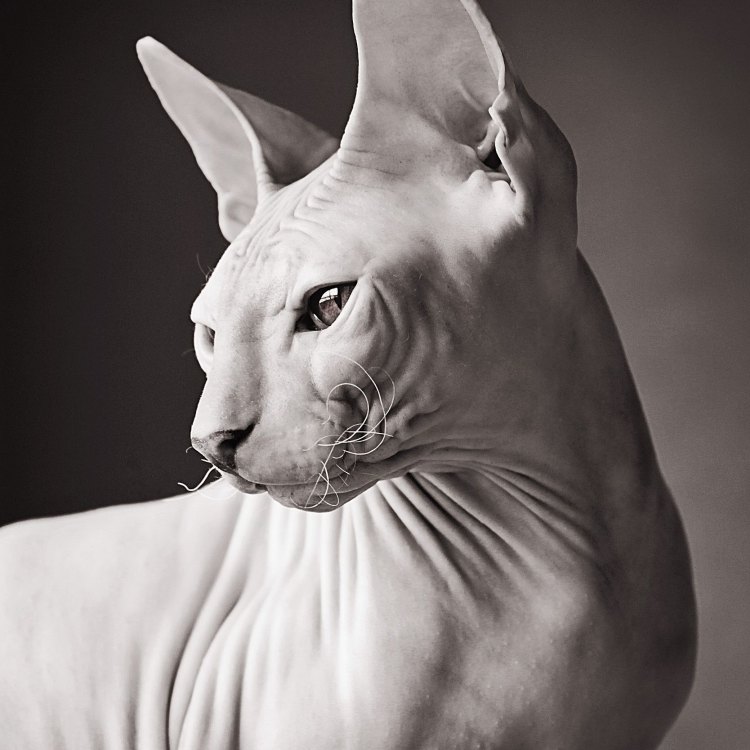
The Story Behind the Mysterious Sphynx Cat
Disclaimer: The content provided is for informational purposes only. We cannot guarantee the accuracy of the information on this page 100%. All information provided here may change without prior notice.


